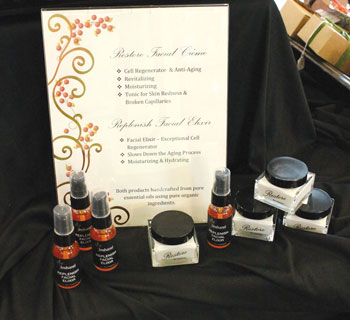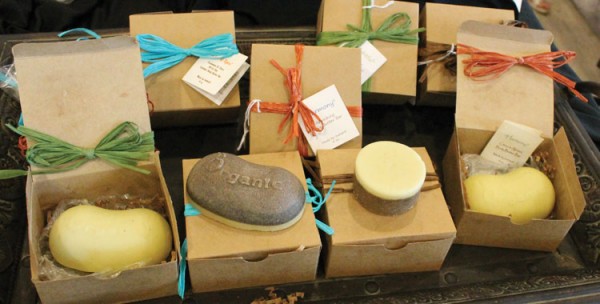Body & Soul – An Essential Part of Healing Naturally
by BusinessWoman magazine / 0 Comments / 282 View / November 23, 2015
An essential oil can be defined as a concentrated, hydrophobic liquid containing volatile aroma compounds from plants—or more simply put, the oil of the plant from which it was extracted. An oil is considered essential in that it contains the “essence” of the characteristic fragrance of the plant it was taken from.
The earliest recorded mention of the medicinal use of essential oils and the techniques and methods used to produce them is believed to be in the accounts of Ibn al-Baitar, an Andalusian physician, pharmacist, and chemist in the late 1100s and early 1200s.
“Essential oils are a natural way of healing and go back to Bible times and beyond,” Debra Stoltzfus, licensed esthetician and owner of Inshanti Essential Oils, said. “Frankincense and myrrh, for example, are essential oils.”


Typically, essential oils are extracted by distillation, often using steam. Other processes include expression or solvent extraction. The purer the oil, the more potent. Stoltzfus only works with pure essential oils with no synthetic contents.
The purity of an oil is tested using a process called gas chromatography mass spectrometry (GC/MS). This report will indicate the oil’s chemical components—what they are and the percentage of each one, which is vital information when blending oils.
“I buy my oils from farmers and distillers from all over the world and work very hard to thoroughly research their origins,” Stoltzfus said.
Many essential oils used today are distilled, such as lavender, peppermint, tea tree oil, and eucalyptus. The raw plant material is put into a distillation apparatus over water, and as the water is heated, the steam passes through the plant material, vaporizing the volatile compounds.
In recent decades, with the rise in popularity of aromatherapy, there has been an increased interest and awareness of the natural healing properties offered by the use of essential oils. Individually or blended together, these oils can be used to treat a variety of ailments, including migraines, allergies, sinus trouble, and pain.
There are also blends that can be used to address symptoms caused by Lyme disease, autoimmunity issues, and even some extreme eczema symptoms.
“I have personally created some unique blends that can help clients with those issues, plus some that provide stress relief, emotional stability, and even help with sleep problems,” Stoltzfus said. “The oils can be absorbed through inhalation or used as a topical on the skin.”
Humans aren’t the only ones who can benefit from the healing properties of essential oils. Dogs can reap the benefits as well, finding relief from some skin irritations and also enjoying the calming effects produced by certain essential-oil blends.
“The best way to approach using an essential oil on your dog is to let the dog smell it first, let them get used to it, and then give it a try,” Stoltzfus said.
It is important to remember, though, that essential oils cannot be used on cats. According to Stoltzfus, using an essential oil on a cat can be fatal for the pet.
Essential oils can be used very successfully in conjunction with treatments prescribed by a traditional medical practitioner. Recent trends indicate that “people are getting more into holistic health and essential oils,” Stoltzfus commented.
“You aren’t taking in artificial chemicals, just pure natural ingredients, and there aren’t any of the nasty side effects that can sometimes come with more traditional medications and treatments. It is a very natural and pure approach to a healthier lifestyle.” BW


Your Commment
You must be logged in to post a comment.